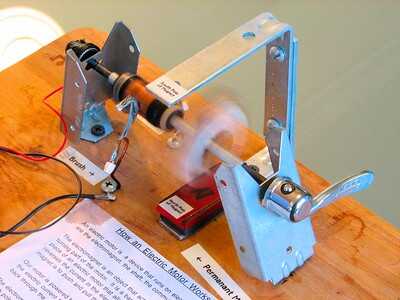2 Landfill-Gas-to-Energy Projects Explained
Landfill-gas-to-energy projects include landfill gas-to heat, and landfill gas-to electricity projects.
Landfill gas is converted to energy through the breakdown of its chemical constituents in combustion or electrochemical reactions, to release energy and other decomposition byproducts.
This article discusses the two main forms of landfill-gas-to-energy projects, as follows;
1). Landfill Gas-to Heat (as one of the Examples of Landfill-Gas-to-Energy Projects)
Landfill gas-to heat projects are those which solely involve the release of renewable energy from landfill gas, in the form of heat.
Heat production is arguably the easiest application of landfill gas, since bioenergy can easily be released in the form of heat from all renewable fuels.
The heat produced from landfill gas in such projects, could either be used directly, or may be converted into other forms of energy.
In order for heat energy to be released from landfill gas, combustion reactions must occur.
In combustion, the landfill gas constituents breakdown or decompose, to yield compounds like carbon dioxide (CO2), mercury, and furan [1].
Since these byproducts are greenhouse gases and toxins, it can be said that landfill gas utilization is not an environment-friendly practice, and could play a role in facilitating negative environmental impacts like climate change.
Landfill gas has about half the heating value of natural gas (which is a fossil fuel), ranging between approximately 16,800 and 20,500 KJ/m3, although some samples may exceed this range.
Landfill gas-to heat projects may find application in district heating or supply of domestic hot water. They may also be a component of larger waste-to-energy projects involving biomass conversion, biofuel production, or electricity generation.
In small-scale settings, heat from landfill gas can be used for cooking, in place of liquefied natural gas and other fossil fuel-derivatives.

2). Landfill Gas-to Electricity (as one of the Examples of Landfill-Gas-to-Energy Projects)
Landfill gas-to electricity projects involve the conversion of bioenergy from landfill gas, to electricity.
In order to convert landfill gas energy go electricity, any of various mechanisms and facilities could be used.
Specialized landfill gas power plants can be utilized for landfill gas-to electricity projects [2].
Alternatively, small-scale electric generators with modified internal combustion engines (ICEs), are applicable.
Heat production can serve as a preliminary step to generate electricity from landfill gas. When landfill gas undergoes combustion to produce heat, the heat energy can be converted to mechanical energy using a steam turbine, from which electricity can be subsequently generated, through the electromagnetic effect [3].
Electrochemical decomposition using fuel cell technology, is also considered a possible means by which electricity can be generated from landfill gas.
The scale and efficiency of electricity generation from landfill gas, are dependent on the amount of gas, its composition, purity; and the specific needs involved in any given scenario.
Electricity from landfill gas may be used locally and distributed using microgrids, or could be used on a larger, regional scale.
Byproducts of the electricity generation process from landfill gas, may be harmful to the ecosystem, and contribute to global warming and greenhouse emission, while reducing air quality.

Conclusion
Landfill-gas-to-energy projects are;
1. Landfill Gas-to Heat
2. Landfill Gas-to Electricity
References
1). Njoku, P. O.; Odiyo, J. O.; Durowoju, O.; Edokpayi, J. N. (2018). “A Review of Landfill Gas Generation and Utilisation in Africa.” Open Environmental Sciences 10(1):1-15. Available at: https://doi.org/10.2174/1876325101810010001. (Accessed 24 November 2022).
2). Pawananont, K.; Leephakpreeda, T. (2017). “Feasibility analysis of power generation from landfill gas by using internal combustion engine, organic Rankine cycle and Stirling engine of pilot experiments in Thailand.” Energy Procedia 138:575-579. Available at: https://doi.org/10.1016/j.egypro.2017.10.162
3). Pujotomo, I.; Azzahra, S. (2019). “Electrical Energy Production Process from Landfill Gas.” E3S Web of Conferences 125(3):13002. Available at: https://doi.org/10.1051/e3sconf/201912513002. (Accessed 24 November 2022).
